“Layering” is one of those skiing and snowboarding buzzwords that’s thrown around a lot, but often no one takes the time to really explain what they mean by it. That’s unfortunate, because it’s one of the most important ways you can prepare for a day of skiing or snowboarding, whether it’s in the backcountry, or at the resort.
The main premise of layering is simple: You want your protection from the elements to be adjustable to compensate for changing conditions and activities. An all-or-nothing approach to ski and snowboard clothing is a recipe for overheating and sweating,or getting too cold too fast. This can have dire consequences.
The most basic layering system is also the most common since it works for a lot of people in a lot of conditions. It consists of a light base layer, a warm insulating layer, and a waterproof and windproof shell. You can then add or subtract layers to this system for extreme situations.
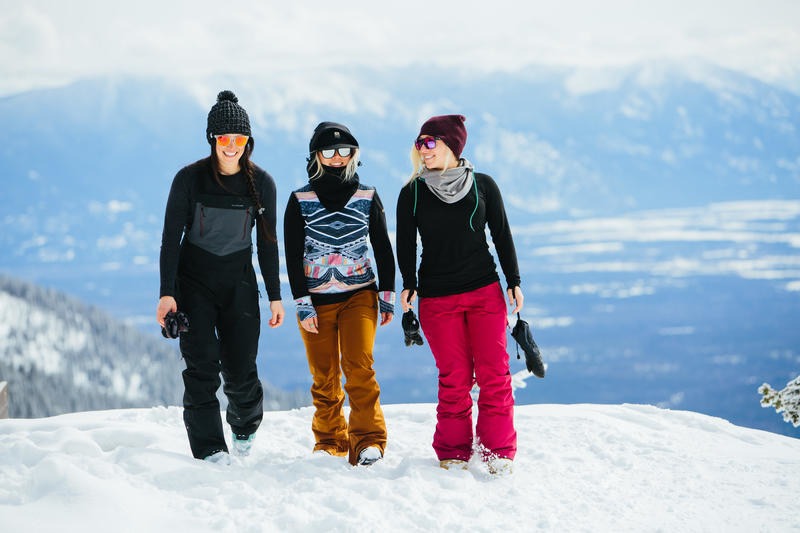
The base layer
Your base layer is what you wear next to your skin. Its main job is to wick moisture away from your body to help keep you warm. That means it should be made of synthetic or wool fibers, not cotton. In fact, none of your ski layers should include cotton. Cotton traps moisture and loses all its insulating value when you get wet, so you’ll get cold and clammy fast.
It may be tempting to cheap out on your base layers, but that’s a huge mistake. Good base layers, from a reputable brand like Patagonia will last much longer and keep you more comfortable than cheaper options. It’s an investment worth making, especially if you opt for wool. A Smartwool base layer resists stink incredibly well, which is a huge plus on multi-day trips.
Most people wear long underwear and a long-sleeve shirt as their base layer. Some skiers prefer capri-cut underwear so that the cuffs stay up and out of their ski boots. Others prefer a snowboarding onesie like the Airblaster Ninja Suit; these one-piece suits give you a comfortable base layer with no gaps that could allow snow or cold air. Some even include a hood.
Whatever base layer you go with, just make sure it’s comfortable and it fits you well.
Insulating layer
Your middle layer is the insulating layer. This is the layer that does the hard work of keeping you warm in freezing temperatures. Your mid-layer, or even mid-layers of it’s extra cold, are what help you moderate your temperature. Riding on a spring day? You probably only need a base layer and a shell. If you do get cold, however, it’s easy to add a mid-layer. Layering in this way definitely beats out getting way too hot in an insulated jacket. In general, your legs stay warmer and you don't need a mid-layer on your lower half.
If you’re only planning on skiing or riding at a ski resort, then weight doesn’t matter and you can go with any wool or synthetic layer. Some companies even sell system outerwear pieces that include an insulating layer that zips out of a shell layer for situations where you want to wear one without the other. This feature is found in some Columbia ski jackets for instance, and is great for folks who want one jacket that’s very versatile.
However, if you’re planning on hiking you'll want an insulating layer that’s light and packable. That combination is usually found in natural or synthetic down jackets. These puffy jackets weigh just a few ounces and pack down to the size of a water bottle, but they pack a huge punch in terms of warmth. Fit is very important in your insulating layer: It needs to comfortably fit over your base layers, but you don’t want it to be too bulky or your shell with be uncomfortable over it. Look for a jacket with water-resistant insulation; that way it won’t get soggy and lose its warmth if it gets wet. Some brands are also using weatherproof materials in their insulating jackets so that they work well without a shell in a wider range of conditions.
Fleece is another popular option for mid-layers, as well as thicker wool layers. These are great for areas where it doesn’t get as cold, meaning you don’t need the warmth of a puffy insulator.
It’s always a good idea to have an extra insulating layer either in your backpack if you’re touring or in your car if you’re skiing inbounds. You never know when the situation might change and you might need it.
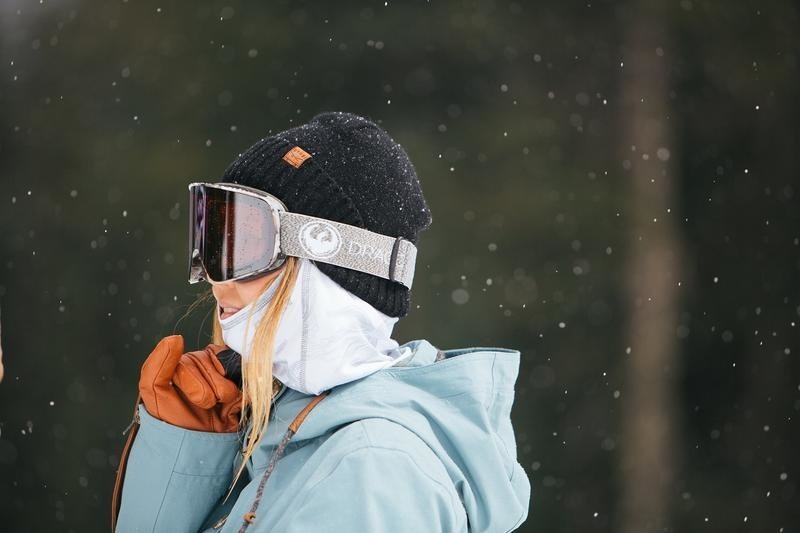
Shell layer
Finally, the outermost layer of your kit is the shell layer. The shell layer has one job: keeping out the elements. You want this layer to be water and windproof, but breathable. That means it will keep cold air and water from getting in, while allowing the moisture from your sweat to get out. Make sure your shell layer fits comfortably over your insulating layers and that you like its pocket layout. Most of your gear will be carried in your shell, so think about what you want to have easily accessible and make sure there are spots for everything. Consider getting a pair of ski bibs, instead of regular pants, too. They’ll be more comfortable, have more storage options, and do a better job of keeping out snow than regular pants.
Once you’ve put together your layering system, experiment with it, figure out what works well for you, and what’s uncomfortable. Think about how you would change it for warmer trips, or colder ones. The magic of a layering system is that it’s flexible and you can swap out individual pieces to better orient the whole to whatever trips you have planned.
We are evo - a ski, snowboard, mountain bike, surf, wake, and skate retailer based in Seattle, Washington, USA, with stores located in Seattle, Portland, and Denver. We also offer trips to remote locations across the globe in search of world-class powder turns, epic waves, and legendary mountain biking through our evoTrip Adventure Travel Trips.
evo explores the collaboration between culture and sport by seamlessly joining art, music, streetwear, skateboarding, snowboarding, skiing, mountain biking and wakeboarding. Our aim is to bring all things relevant to the urban, action sports lifestyle into one creative space. Whether it is on the website, on the phone or in our stores, our aim is to make all who come into contact with evo feel welcome and excited about their experience.

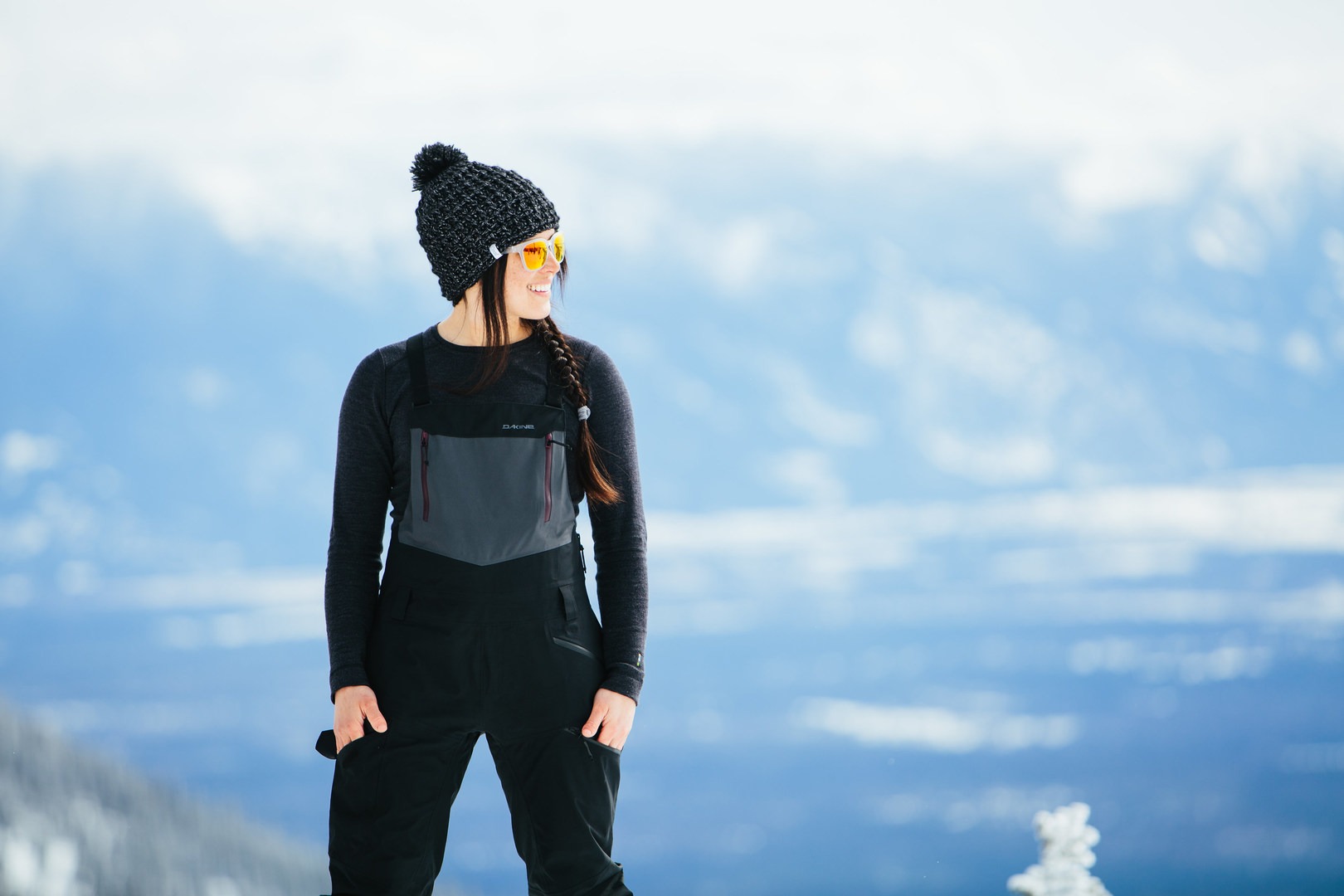

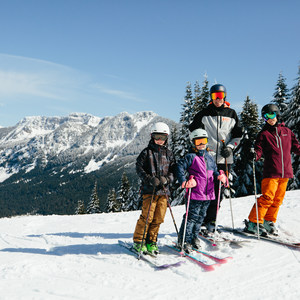
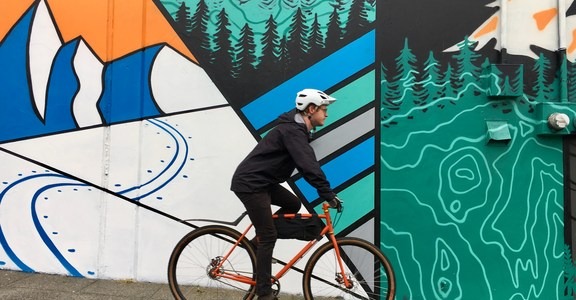

Comments
Sign In and share them.